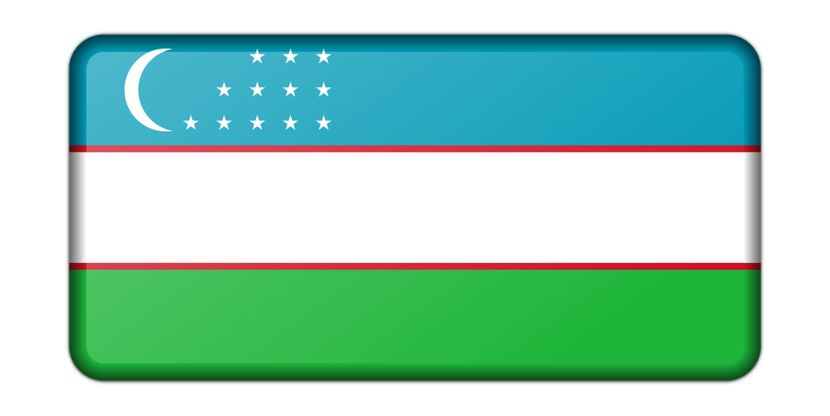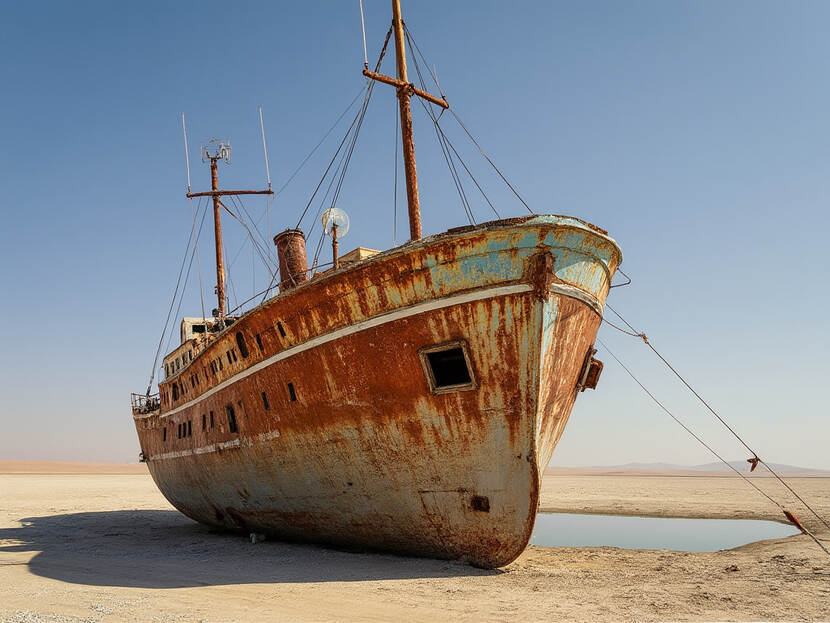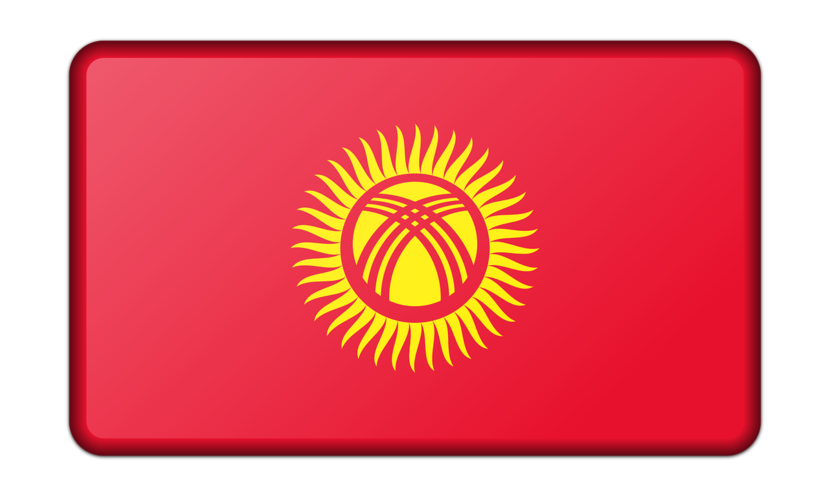Agricultural Newsletter of Central Asia August 2024
In this edition we explore how Kazakhstan ramps up agricultural exports, eyes new markets, Uzbekistan commits $80 million investment to combat climate change in Karakalpakstan, focusing on the Aral Sea region, and Kyrgyzstan unveils its "Made in Kyrgyzstan" export program for 2024-2027. In the Central Asia Spotlight is Kazakhstan's 2030 Vision for Central Asian Food and Water Security.

Kazakhstan Ramps Up Agricultural Exports, Eyes New Markets

Kazakhstan is among the top 25 global agricultural exporters, supplying a wide range of goods, such as livestock, honey, dairy products, sausages, and preserved goods to 80 countries. Agricultural exports have doubled in the last five years, reaching $5.4 billion. The country is currently negotiating with the EU, Vietnam, Singapore, and the Gulf States to expand the range of exporting products.
- Prime Minister Olzhas Bektenov has tasked Kazakhstan's Ministry of Trade with expanding agricultural markets, particularly targeting China, the Middle East, and Africa. This push aligns with the country's ambitious goal to double agricultural exports by 2029.
- With a record wheat harvest on the horizon, exceeding 17 million tonnes, Kazakhstan is positioning itself as a key global food exporter. The government is also taking steps to ensure adequate storage and stabilize prices as the harvest season approaches.
- In a bid to support exporters, Kazakhstan's Export Credit Agency is rolling out new tools to facilitate international trade and boost the nation’s economic resilience.
Agricultural Cooperatives in Kazakhstan: An Untapped Opportunity
Agricultural cooperatives have the potential to empower small farmers in Kazakhstan by boosting productivity, improving market access, and leveling the playing field with larger enterprises. Yet, despite their success in developed countries, cooperatives remain rare in Kazakhstan, with only 2% of farmers participating.
- Although Kazakhstan adopted a law on Agricultural Cooperatives in 2015, progress has been slow. While there are over 3,900 cooperatives, membership is low, and the sector lacks the robust participation seen in Europe and the USA, where over 90% of farmers are cooperative members.
- The reliance on state support has dampened private initiative, reducing the incentive for farmers to collaborate and improve productivity through cooperatives. To change this, Kazakhstan needs to shift focus from subsidies to fostering a business-friendly environment that encourages cooperation, investment, and entrepreneurship.
- The key to success lies in increasing awareness, restoring trust in cooperatives, and promoting the benefits of cooperation in rural areas. With the right support, agricultural cooperatives could thrive in Kazakhstan.

Uzbekistan Commits $80 Million to Climate Action in Karakalpakstan
President Shavkat Mirziyoyev has announced a $80 million investment to combat climate change in Karakalpakstan, focusing on the Aral Sea region. This initiative, part of the new Agricultural Climate Adaptation Program, aims to restore the area's ecological balance.

- In the past seven years planting of 1.9 million hectares of forests on the dried Aral Sea bed raised forest cover from 19% to 35%, and launching of the Archipelago International Innovation Center helped to develop resilient plant species.
- Karakalpakstan is also seeing a surge in economic development, with $1.4 billion in foreign investment fueling 150 projects, doubling the number of entrepreneurs, and creating 212,000 jobs. Infrastructure improvements, backed by UZS 11 trillion ($868.2 million), are transforming education, healthcare, and transportation, including a 240-kilometer highway funded by the Asian Development Bank.
- These initiatives are turning Karakalpakstan into a thriving hub for sustainable growth, setting a new standard for climate resilience in Central Asia.

Boosting Kyrgyz Exports: "Made in Kyrgyzstan" Program Unveiled
The Ministry of Economy has rolled out the "Made in Kyrgyzstan" export program for 2024-2027, now open for public feedback. This initiative aims to elevate Kyrgyzstan's global market presence by enhancing the competitiveness of local products.
- Building on the National Development Program approved by President Sadyr Japarov, the plan includes offering preferential loans, trade information, and establishing a state institute to support exporters.
- Key sectors like fruit and vegetable products, nuts and dried products, honey, dairy, meat and fish will receive targeted support.
- The Kyrgyz Export Promotion Center will drive this effort, fostering international ties, coordinating with various stakeholders, and helping diversify the economy through robust export growth.
Central Asia Spotlight: Kazakhstan's 2030 Vision for Central Asian Food and Water Security

Central Asia shows strong food self-sufficiency, with most countries achieving 80-95% in key products. Southern nations excel in fruit and vegetable production, yet gaps remain, particularly in vegetable oils, grains, and sugar. Kazakhstan leads the region but still faces challenges in producing sugar and fruits. Despite progress, Kyrgyzstan and Tajikistan rely heavily on imports, highlighting regional disparities.
- Kazakhstan is spearheading a strategy to secure Central Asia’s food and water future by 2030. President Kassym-Jomart Tokayev calls for a unified approach, proposing a Strategic Plan for Food Security, paired with enhanced regional cooperation on water management.
- Amid global geopolitical challenges, Tokayev stresses the urgency of reducing Central Asia's reliance on external factors, pointing to recent water shortages that have hit agriculture hard. His vision includes stronger collaboration through the International Fund for Saving the Aral Sea and the creation of an International Water-Energy Consortium.
- Key energy projects like Kyrgyzstan's Kambarata-1 and Tajikistan's Rogun Hydropower Plants are highlighted as vital to the region's stability and growth.
Stay tuned for more agricultural updates and developments from Central Asia in the next edition of the LVVN Astana Newsletter!
Sources: EIDala, Astana Times, APK Inform, Interfax, Daryo News, 24.KG, News Central Asia (nCa), Halyk Finance